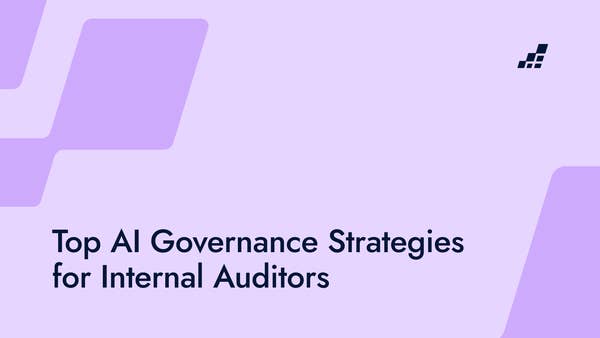- /
- Blog
6 Ways to Cut Year-End Close-Time Chaos
PUBLISHED
November 3, 2025

For many finance teams, the year-end close has become an endurance test. Teams race to reconcile dozens of spreadsheets, chase missing numbers, review inconsistent workpapers, and resolve broken links under deadline pressure. The volume of moving pieces increases every year, yet the tools and processes often remain unchanged.
The result is a predictable cycle: long nights, reactive problem solving, and a close process that feels like a scramble rather than a controlled handoff to auditors. It does not have to be that way. With a few deliberate adjustments, teams can move from survival mode to predictable execution.
Here’s a step-by-step approach to streamline your year-end close and strengthen reporting discipline.
1. Start with disciplined rollforwards
Rolling schedules forward from the prior year is often the first step of close — and one of the easiest places for errors to snowball. When prior-year assumptions, disclosures, and links aren’t updated carefully, teams carry old commentary and outdated data into a new reporting cycle.
Assign clear ownership for each rollforward and require a documented checklist before submission. Every link should be revalidated, every assumption updated, and every disclosure refreshed. Close cycles move faster when preparers do not pass forward unresolved issues.
2. Check for broken formulas before they cause damage
Once rollforwards are in place, ensure your foundation is solid. A single deleted row or hardcoded number can create discrepancies that ripple through your statements. These issues tend to surface late — right when you can least afford them.
Introduce formula integrity checks early. Create a short checklist that includes scanning for broken links, external references, and circular formulas. Validate calculations in key balance sheets, cash flow statements, and note disclosures before final consolidation. Formula risk doesn’t disappear on its own — it compounds if ignored.
3. Build audit-ready documentation as you go
With clean schedules and formulas, shift focus to documentation. Scrambling to assemble support after the financials are finalized is one of the biggest drains on time. Instead, treat documentation as part of preparation, not a post-close chore.
Attach supporting evidence as you build schedules, not weeks later. Record variance explanations alongside reconciliations and note decisions in real time. Teams that adopt an “audit-ready as you go” mindset save hours of rework and dramatically reduce audit follow-up.
4. Resolve tie-outs early, not at the end
As numbers come together, tie-outs between financial statements and supporting schedules become critical. Waiting until the end to validate them almost guarantees late surprises and sleepless nights.
Bake tie-outs into the preparation phase. Require every preparer to trace material balances to source schedules and flag reconciling items early. Reviewers should never see unexplained numbers or unsupported balances. Addressing tie-outs in real time prevents “mystery variances” from appearing just before submission.
5. Maintain strict version control
With tie-outs underway, collaboration ramps up — and so does file chaos. Dozens of contributors across corporate accounting, FP&A, and tax can create overlapping versions and conflicting edits. Without version discipline, teams lose clarity fast.
Establish a simple version protocol with defined stages such as Prep, First Review, Second Review, and Final. Designate one source file per deliverable and log changes between stages to prevent reviewers from revisiting completed sections. Version control brings calm to what’s often the most chaotic part of the close.
6. End with a standardized review structure
Once the numbers are tied and the versions controlled, the final review becomes more efficient — but only if the review process itself is standardized. If every team member structures workpapers differently, reviewers spend more time deciphering layouts than validating data.
Define your review model before close begins. Use consistent file naming, tab organization, and documentation expectations. Clarify what “prepared” means versus “ready for review” to minimize back-and-forth. Standardized formats not only speed up review but also make it easier to reassign work when workloads shift.
Year-end close doesn’t need to be chaotic
The complexity of financial reporting is here to stay, but the chaos doesn’t have to be. Close discipline improves when standardization replaces improvisation — and when review quality becomes consistent across contributors. Teams that invest in early validation, documentation, and structure create predictable close cycles and reduce last-minute stress across the business.
If the goal is faster close without sacrificing control, the path forward is not more spreadsheets or late-night reviews. It’s a tighter operating model and smarter systems that eliminate repetitive work.
Close faster with automated accuracy
Financial Statement Suite helps teams improve reporting quality and reduce close fatigue. Automate tie-outs, simplify review steps, and create audit-ready support without extra effort.

.png?width=600&quality=70&format=auto&crop=16%3A9)
